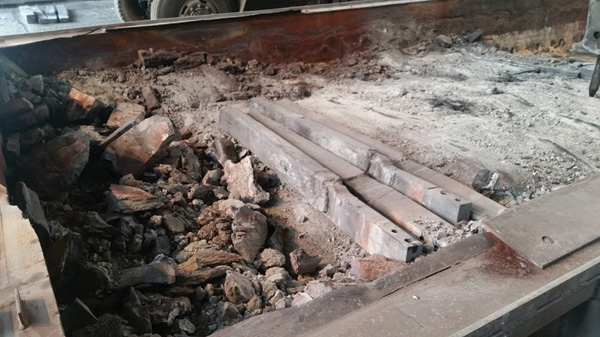SPL: lessons learned
Spent pot lining (SPL) generated by the aluminium industry forms an important alternative source of fuel and raw material for the cement industry. However, its use presents certain challenges in terms of the cement production process and final product quality. By Dr Kåre Helge Karstensen, Foundation for Scientific and Industrial Research (SINTEF), Norway.

With a worldwide generation of around 1.45Mta, SPL provides a significant resource for the cement industry
The worldwide production of aluminium was almost 58Mt in 2015. Primary aluminium is made by extracting aluminium metal from aluminium oxide in electrolytic steel shells with two linings – an outer refractory lining consisting of inorganic silica and alumina-based insulating material, and an inner carbon lining which acts as the cathode. After some years of operation, the pot lining fails and must be removed, resulting in an amount of spent pot lining (SPL). The cathode part is classified as hazardous due to fluorides and trace quantities of cyanides, high pH and possible generation of inflammable gases. The refractory fraction is regarded to be hazardous in some regulations.

